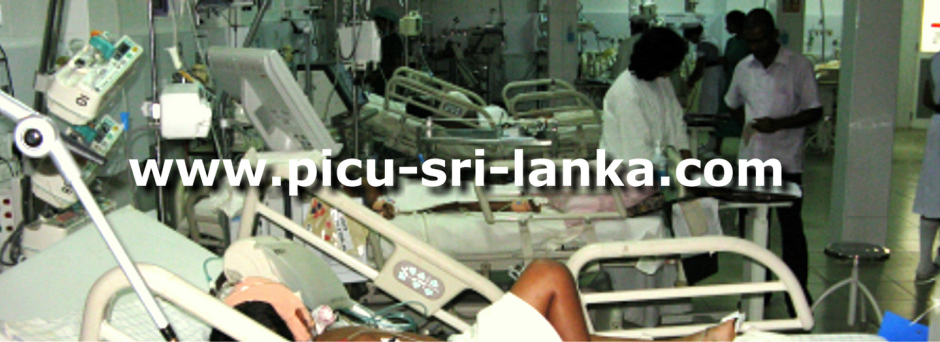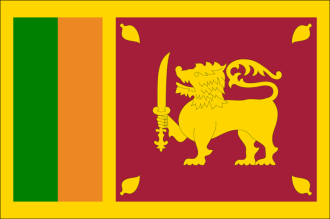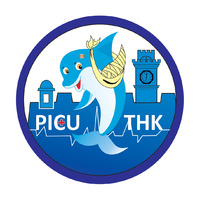Sri Lanka Health Sector1
Sri Lanka is often lauded for her relatively good health, economic and development indicators. This island nation of some 20 million people has a literacy rate of over 90%, a life expectancy of 73 years, and scores 0.75 on the UNDP Human Development Index2.
However, the yearlong civil conflict has led to much loss of life, psychological trauma, and damage to infrastructure and homes, displacement, restricted mobility, disruption of local economies, disruption of community and institutional networks, and deterioration of health services and coverage. The rate of suicides, especially secondary to poisoning with pesticides, is on the increase.
Vaccine coverage, which has historically been very good, is being affected by the itinerant labourers. In those years maternal and child health and nutrition have been affected. Health services suffered from an ongoing shortage of personnel and equipment (as a whole, Sri Lanka has 48.9 physicians per 100,000 people; in Batticaloa, it is only 21.3 per 100,000 (source: Annual Health Bulletin 2003). Likewise, the infant mortality rate is 13.3 per 1000 live births nation-wide, but 24.5 in Batticaloa).
WHO (World Health Organization) Sri Lanka and the Ministry of Healthcare and Nutrition are the health sector leads in Sri Lanka. Together, they coordinate the efforts of all health actors in the country, pinpointing gaps and seeking to efficiently fill these gaps. The ultimate aim is to enable everybody in the country to achieve the highest level of health possible, with equitable access to health services for disadvantaged groups.
Long-term political health priorities are reported as follows:
• Maintain and strengthen coordination between the Ministry of Health and all actors in the health sector.
• Addressing the severe shortage of skilled human resources in the health facilities of the North and East.
• Strengthening capacity of Primary Health Care facilities especially in the North East, to reduce avoidable mortality and morbidity.
• Ongoing monitoring of itinerant labourers, in order to assess health needs, and provide prompt assistance where needed, as well as coordinating with other health actors to fill gaps.
• Improving access to emergency health services by training of staff, provision of equipment.
• Improving the disaster management capabilities of the health system both peripherally and centrally.
• Mental health – improved surveillance, prevention and support to manage the increase in suicides and psycho-social distress after the conflict; improve follow-up of known mental health patients due to the conflict.
• Reproductive health – strengthening of emergency obstetric care; addressing rise in teenage pregnancies through extensive patient education.
• Improve immunization coverage through identification of children under 5 who have missed vaccination during the last 3 years.
• Prevention of gender-based violence.
Health actors working in Sri Lanka currently include:
Ministry of Healthcare and Nutrition, WHO, Merlin, UNFPA, Sewa Lanka, Sarvodaya, UNICEF, IRD, Medical Teams International, Medecins sans Frontieres.
HEALTH INDICATORS
• There are 19.3 million people in Sri Lanka as of the 2001 census. Sri Lanka is entering the third stage of the demographic transition, with declining birth rates and improved life spans leading to a greying population.
• About 23% of the population lives below the World Bank standard poverty line of one USD a day in even of the eight provinces in the country.
• Life expectancy at birth is 71.7 years for males, 76.4 years for females (2005 AHB).
• Crude birth rate is 18.83, and crude death rate is 6.6 per 1000 population (Annual Health Bulletin 2005).
• The overall infant mortality rate has declined steadily over the last century (but there is still a significant district variation).
• Under 5 mortality rate is 13.39 per 1000 under 5 population.
• Maternal mortality rate is 14.3 per 100,000 live births (2005 AHB).
• Sri Lanka has an extensive network of public health clinics and hospitals across the country, with a total of about 60,200 beds. Most of the population meets the Sphere requirement of living within 5km of a facility (except in the North-East).
• In 2005, total health expenditure in Sri Lanka was 1.85% of GDP. Of this, roughly half is provided by taxes, while half is provided by out-of-pocket spending by patients.
• Foreign assistance amounted to 4% of the government health expenditure in 1998.
• A survey in 2000 (source: Census 2001) showed that 29.4% of under five-year-olds were underweight, 14% were wasted and 13.5% stunted.
• Epidemiologically, communicable diseases such as dengue and malaria still cause a significant burden of disease, but non-communicable diseases (diabetes, cardiovascular disease) are increasing with the ageing population.
• Almost 400,000 Sri Lankans experience a serious mental disorder each year; suicide rates are also one of the highest world-wide, causing 6000 deaths annually.
• As of 2005, there were 51.9 medical officers per 100,000 population and 101.4 nurses per 100,000 population nation-wide (source: Annual Health Bulletin 2005). However, this staffs are concentrated in the South-West in urban centres, leading to a dearth of staff in the peripheries.
• Sri Lanka has eradicated small-pox and achieved universal child immunization, and is now well on the way to polio eradication.
• 97% of pregnant women, 98% of deliveries and 98% of newborns are attended by trained personnel.
Health Care System in Sri Lanka3
Sri Lanka holds a unique position in South East Asia as of the first of the less developed nations to provide universal health, free education strong gender equality and better opportunity to social mobility. Since its independence, successive governments have implemented welfare oriented politics and programs which have allowed Sri Lanka to achieve relatively high standards of social and health development in comparison with countries of similar levels of economic development. As a result of this the country has made significant improvements in social welfare, both in the development of public health care and education systems. The attainment of Sri Lanka of a high Human Development Index ( HDI=0,74) with a life expectancy at birth of 72,5 years , and a literacy rate of over 90%, has thus been a well celebrated success for a less developed country.
The health system in Sri Lanka is enriched by a mix of Allopathic, Ayurvedic, Unani, and several other systems of medicine that exist together. Of these systems allopathic medicine has become dominant and is catering to the majority of the health needs of the people. As in many other countries Sri Lanka’s health system consists of both the state and the private sector. The Ministry of Health and the Provincial Health Services provide a wide range of promotive, preventive, curative, and rehabilitation health care. Sri Lanka has an extensive network of health care institutions.
Compared to many developing countries majority of the health institutions in Sri Lanka are resourced by different categories of trained Health Care Workers. With the Government’s decision to absorb all medical graduates into the state health care system until the year 2009, the number of medical officers employed is steadily rising. The main difficulties relating to human resources were the shortage of nursing and paramedical staff, severe geographic misdistribution and insufficient facilities for basic and in-service training. There is a significant imbalance existing in the distribution of current staff. Specifically the number and the rate of health personnel in the conflict affected North and East is extremely low while Colombo, Kany, and Galle have higher concentration because of tertiary care health facilities.
The migration of health human resources, on the other hand, is a serious problem, especially for medical officers. Some medical officers move to private hospitals or overseas to seek better salary and work environment. Regarding nurses, the human resource drain can be also seen. Some nurses tend to go to foreign countries, administrative work, or private sector to seek better salary.
One of the big issues in human resources is that there is no overall human resources policy and development plan existing in the country mainly due to a lack of an organisation at the national level to take the initiative and the lead.
1)According to WHO statement under: http://www.humanitarianinfo.org/sriLanka_hpsl/health.aspx
2) Measured 2011 in 187 states, among others, GDP, life expectation, level of education. Top is Norway 0,94; Germany scores with 0,91; last one is SR Kongo with 0, 29
3) There is a paper from Dr. Sarath M. Samarage, Director Organisation Development, Ministry of Healthcare & Nutrition, Sri Lanka, published on occasion of an international conference held in Geneva, in March 2006 on Health in Sri Lanka; the abstracts are…



